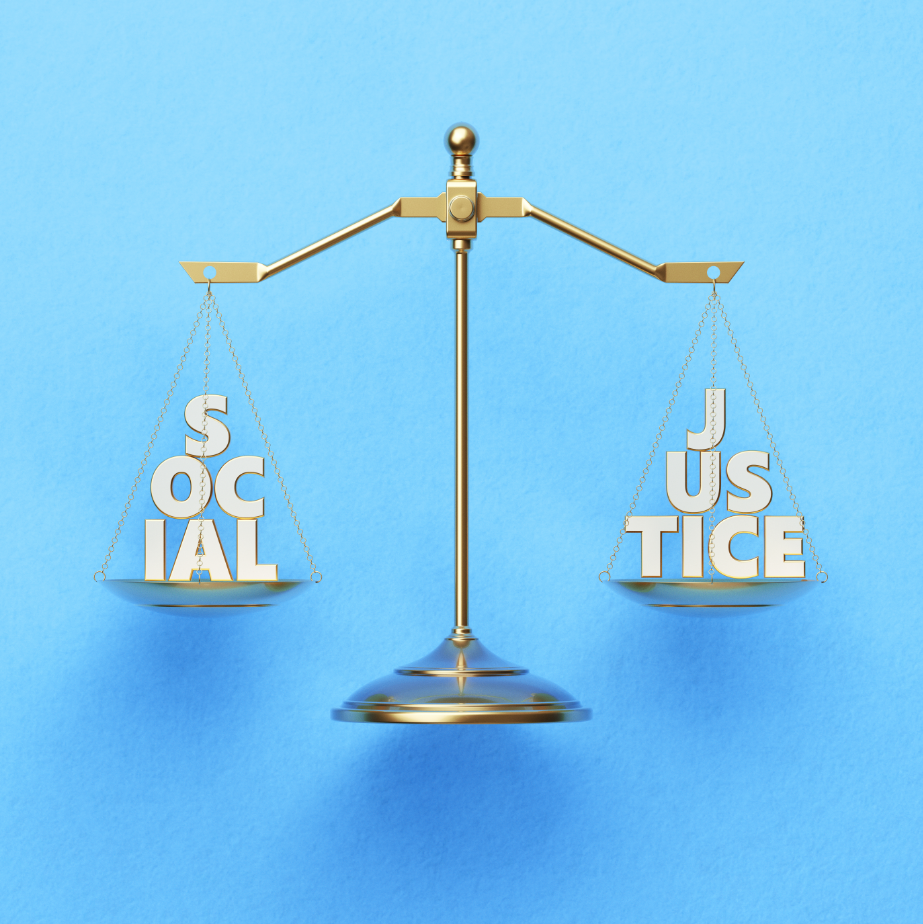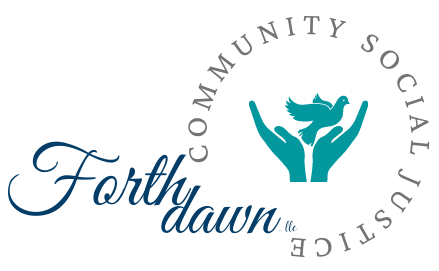Social Justice Audit
Transformative change always requires a sound roadmap to help you move from where you are to where you want to go. And to help you create and implement an effective social performance roadmap, the FDL model incorporates social justice auditing and strategic planning support. As such, we will work with you to 1) assess organizational strengths and weaknesses, opportunities and threats; 2) identify priorities and set goals; 3) develop a strategic action plan; and 4) establish metrics for evaluating progress, over time.

Benefits of a Social Justice Audit
The social justice audit process enables an organization to understand, measure, verify, report on, and improve its social performance quotient. And as the social justice movement continues to gain traction, these audits are becoming more popular for good reason. To begin with, they empower organizations to “walk the talk” of diversity, equity and inclusion, by creating an intentional plan for operationalizing a robust commitment to social justice – a big draw for younger generations, who favor socially responsible brands and workplaces.
Likewise, these audits provide a collaborative framework for galvanizing community members and employees across generations and at every level around social justice values and practices, policies and projects – which, in turn, inspires team spirit and active engagement. Equally important, they yield objective data to use for comparing effective social performance from year to year, to ensure continuous impact and commitment.
With these benefits in mind, a social justice audit typically accomplishes four critical organizational functions:
• It calculates the organization’s “investment” in socially just and responsible policies and practices, within the context of their impact on internal and external stakeholders.
• It reveals equity gaps in organizational policy, standards and operations.
• It identifies concrete objectives and doable activities, designed to improve social performance quota over a specified period of time.
• It creates an organizational learning culture, which grows and strengthens year after year.
